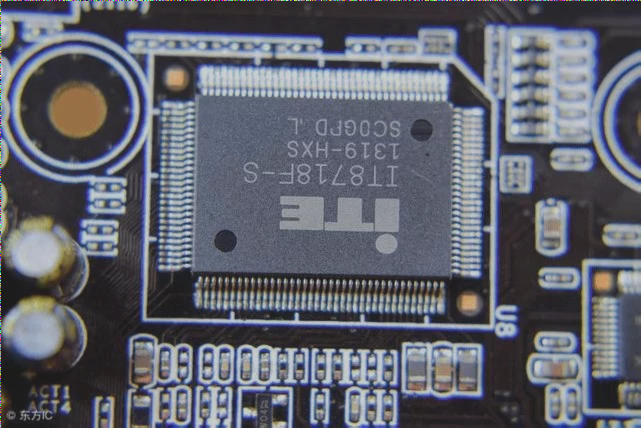Generally, a PCB made from a flexible insulating substrate is referred to as a polyimide PCB or a flexible PCB, while a rigid-flex composite PCB is termed a rigid-flex PCB. These adapt to the demands of contemporary electronic products by aiming for high density, reliability, miniaturization, and lightweight properties. They also meet stringent economic requirements and address market and technological competition needs. Currently, polyimide serves as the primary substrate material for manufacturing flexible boards, hence they are often referred to as polyimide PCBs.
Polyimide PCBs are typically categorized based on layer count and conductor structure:
Single-sided flexible PCBs consist of a single layer of conductor, with optional surface covering. The choice of insulating substrate material varies based on product application. Commonly used insulating materials include polyester, polyimide, polytetrafluoroethylene, and flexible epoxy-glass cloth.
Single-sided polyimide flex circuits can be further classified into the following four categories:
These types of polyimide PCBs feature wire patterns on the insulating substrate without any surface covering, akin to traditional single-sided rigid PCBs. They are among the most cost-effective options and find frequent use in non-critical and environmentally benign applications. Interconnections are typically achieved via soldering, reflow soldering, or pressure bonding, and were commonly employed in early telephone systems.

Compared with the previous type, this variant only features an additional surface layer covering the wire as per customer specifications. During application of the cover, it is necessary to expose the pad, which may result in uncovered end areas if not done carefully.
For precise requirements, residual pores can be utilized. This type represents the most extensively employed single-sided flexible PCB, finding broad application in automotive and electronic instrumentation.
This type of connection board interface facilitates wire connections on both the front and back sides. To achieve this, a passage hole is created in the insulating substrate at the pad location, accomplished through methods such as punching, etching, or other mechanical means at desired positions on the insulating substrate.
It serves to mount components, devices, and soldering on both sides, with the pad area at the passage lacking an insulating substrate, typically removed through chemical processes.
Differing from the previous type, this variant includes a surface covering layer. However, this cladding incorporates access holes, enabling termination on both sides while preserving the integrity of the cladding.
This polyimide PCB type consists of two insulation layers and one layer of metal conductor. It is employed in scenarios necessitating insulated covering layers from adjacent devices, insulation between layers, and connections on both the front and back sides.
Double-sided polyimide PCBs feature two layers of conductors. The applications and advantages of this type mirror those of single-sided flexible PCBs, with the primary benefit being increased routing density per unit area. They are categorized into:
a) Non-metallized hole, no overlay,
b) No metallized hole, no overlay,
c) Metallized hole, no overlay,
d) Metallized hole, no overlay.
Double-sided flexible PCBs without overlays see less widespread use.
Flexible multilayer PCBs, akin to their rigid counterparts, employ multilayer lamination technology to form multilayer flexible PCBs. The simplest form is a three-layer polyimide PCB composed of a single-sided PCB with copper shielding on both sides. This three-layer polyimide PCB exhibits electrical equivalence to coaxial or shielded wire. The most commonly utilized structure for multilayer flexible PCBs is a four-layer configuration, utilizing metallized holes for interlayer interconnections, with the middle two layers typically serving as the power plane and ground plane.

1. The advantages of multilayer flexible PCBs include the lightweight nature of the substrate film and excellent electrical properties, such as a low dielectric constant.
2. A multilayer flexible PCB board using polyimide film as the substrate weighs approximately one-third less than a rigid epoxy glass cloth multi-layer PCB board. However, it sacrifices the exceptional flexibility found in single-sided and double-sided flexible PCBs, which is often unnecessary for most of these products.


